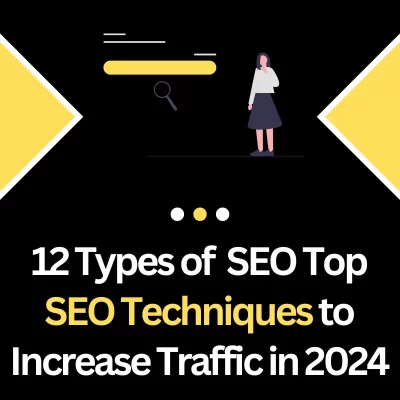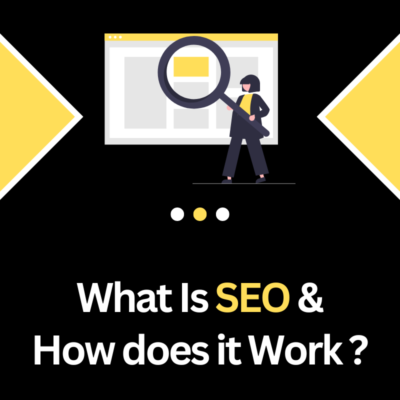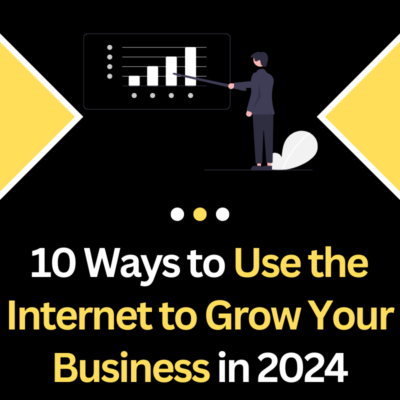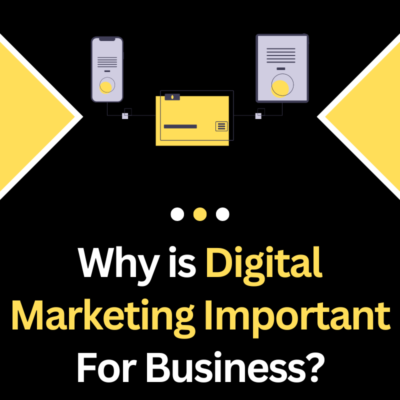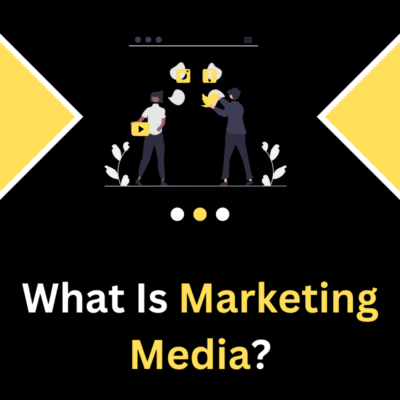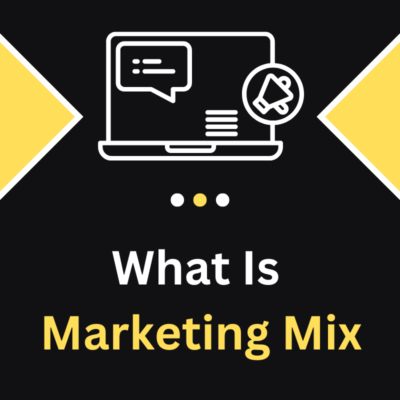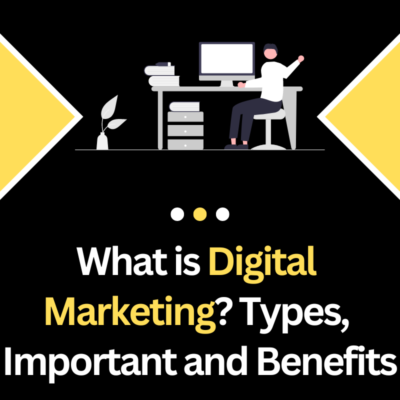What Is Internet Marketing? Definition, Examples, Benefits & more
- June 20, 2024
- Digital Marketing
Introduction to Internet Marketing: Internet marketing is the fastest-growing and most exciting branch of marketing today. As the world becomes increasingly connected, marketers must keep up with developments and trends to reach new, more discerning, fragmented, and cynical audiences. Technology and software evolve at such a high rate that keeping up with trends feels almost impossible. Products and services adapt to the online sphere, as the web constantly shifts, grows, and changes—everything feels fleeting.
How do savvy internet marketers cope with all this? They harness the power of the web and its myriad tools for their own needs. They find unique and personal ways to interact with customers online. They plan, organize, implement, and measure complex internet-wide strategies seamlessly. Most importantly, they never stop learning, growing, and adapting themselves.
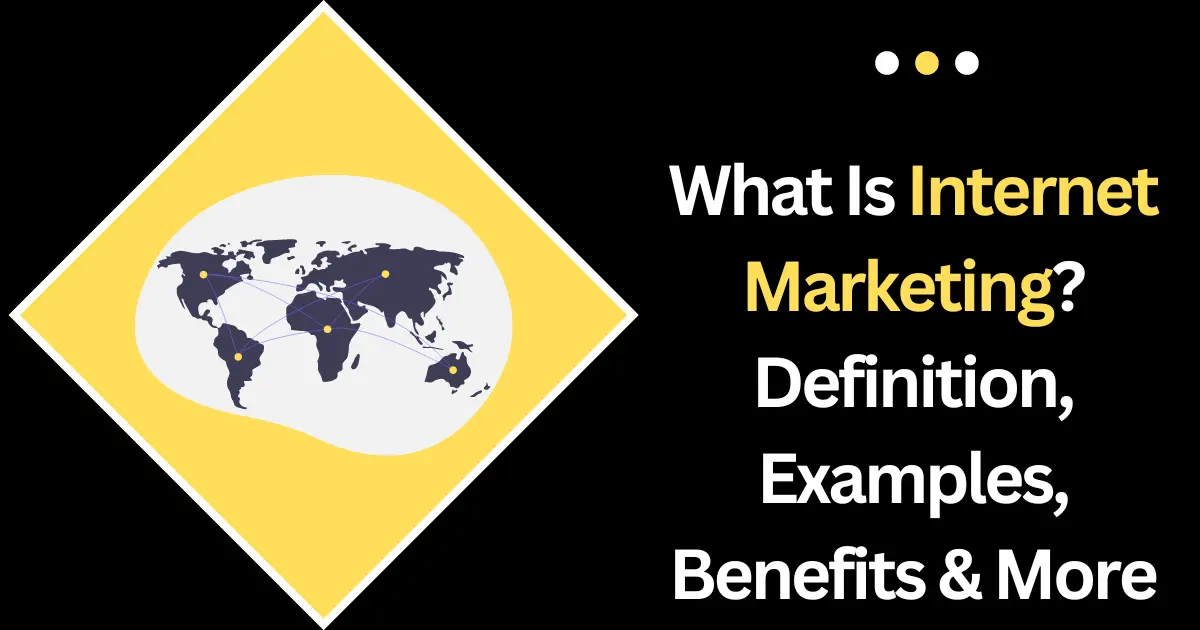
What is Internet Marketing?
Internet marketing, often called online marketing or e-marketing, encompasses any marketing activity conducted online using internet technologies. It includes not only advertising shown on websites but also other kinds of online activities like email and social networking. Every aspect of internet marketing is digital, meaning it involves electronic information transmitted on a computer or similar device. Naturally, it can also tie in with traditional offline advertising and sales.
Internet marketing rests on three cornerstone principles:
1. Immediacy: The web changes at a blistering pace, and online audiences, whose attention spans are short, expect on-the-minute updates and information. To keep the favor and attention of this group, you must respond to online messages and interact with communities as quickly as possible.
2. Personalization: Customers online are no longer faceless members of a broad target audience; they are individuals who want to be addressed personally. Use the wealth of personal information available online to your benefit by targeting the relevant people precisely and personally.
3. Relevance: Communication online must be interesting and relevant to the reader, otherwise, it will simply be ignored. With all the information competing for your audience’s attention, you must find a way to stand out and engage readers. The best way to do this is by giving them exactly what they want, when they want it.
Throughout this course, you will learn tips and techniques for making all your online communication more immediate, personal, and relevant.
The Origins of Internet Marketing:
The internet is the newest and youngest medium, having been around in its current form for just about 20 years. The very first interconnected computer network was developed as a joint project between the US military and several research organizations and went live in 1969. New advances came slowly at first: network email was invented in 1971 (though the system was very slow and primitive), international connections were established in 1973, the term “internet” was first used in 1974, and the first real online protocols were introduced in the 1980s. Everything accelerated in the early 1990s as Tim Berners-Lee, acknowledged as the creator of the internet as we know it today, built on his earlier revolutionary work and released the URL protocol, web browser software, and the World Wide Web to the public.
By 1993, businesses started taking an interest in the internet. They debated whether they could use the internet for commercial purposes since it had been established as a strictly educational and non-commercial arena. Eventually, businesses won out, and the last of these restrictions dissolved in 1995.
Early internet giants like Yahoo and Amazon launched their online platforms in the mid-1990s amid a wave of new search portals, including Alta Vista, Excite, and Infoseek. Google launched in 1998, taking search to a new level of accuracy and convenience. Other commercial websites, like the auction site eBay, began to dominate the web, solidifying the interactive and global commercial potential of the internet. In 2004, the concept of “web 2.0”—the interactive, commercial, cooperative, and user-centric web—exploded into public consciousness. Its main characteristics were the rise of social networking, the invention of tools that made creating and customizing personal pages increasingly simple, and the big push by online marketers to make their advertising and products more accessible and desirable to online markets. Commercial strategies have become more prevalent and innovative since then. Recent years have seen a growth in web consciousness as users become more adept at filtering and steering online content.
Marketing Moves Online: Marketers began their activities online in the early 1990s by creating simple, text-based websites with basic information about a product or company. They complemented these with basic emails—often unsolicited spam—that shared information in a rudimentary way. As web tools evolved, so did the websites, incorporating images, sounds, videos, and more advanced formatting styles.
Advertising Takes Off: Once regulations fell away in 1995, internet marketing, especially advertising, boomed. To put the growth in perspective, US online advertising spend in 1994 was zero dollars, and it leapt to $301 million in 1996. Another year later, the market was worth $1 billion. Search engine optimization (SEO) started tentatively in 1995, relying on luck and guesswork before hackers managed to crack the first algorithms in 1997. Companies began thinking about advert placement and started buying advertising space on related websites, with links back to their pages and often accompanied with data-gathering measures such as asking customers to enter their contact information. In 1998, Hot Wired began selling banner advertising space to large corporate clients and achieved a remarkable 30% click-through rate. Online search portal Yahoo capitalized on this trend and offered advertising space on its massively popular home page, quickly developing extra software for tracking user preferences so it could target the advertising more effectively; Yahoo became one of the few “dotcom” companies to earn a tidy profit from online advertising. Google took the idea, streamlined it, and improved the advert-targeting algorithms.
In 2000, Google introduced AdWords, an advertising service that allowed marketers to pay only for adverts clicked on by a customer. This strategy, which accounts for 95% of Google’s current revenue, became phenomenally successful and is now the benchmark search engine advertising method.
The Rise of the Social Web: Despite some failed marketing strategies—such as the annoying pop-up adverts that appeared in 2001 and were quickly neutralized by pop-up blocker programs—online marketing recovered and grew rapidly in tandem with the rise of the social, sharing-based web 2.0. The corresponding rise in online commerce—notably auction websites, online retailers (e-tailers), and banking—has added to the financial focus of the web.
The last and most profound change to the marketing space was the rise of social media, which was gradual from 2004 and meteoric from 2006. Social media platforms, such as social networking sites, opened the space for user-filtered and recommended content—including marketing material. As social media platforms grew and people created exponentially more connections with each other, the vision of viral marketing—the online equivalent of word of mouth—became real. On the other hand, it made the necessity for online reputation management clear, a lesson that computer company Dell learned the hard way during the infamous “Dell Hell” scandal in 2005.


